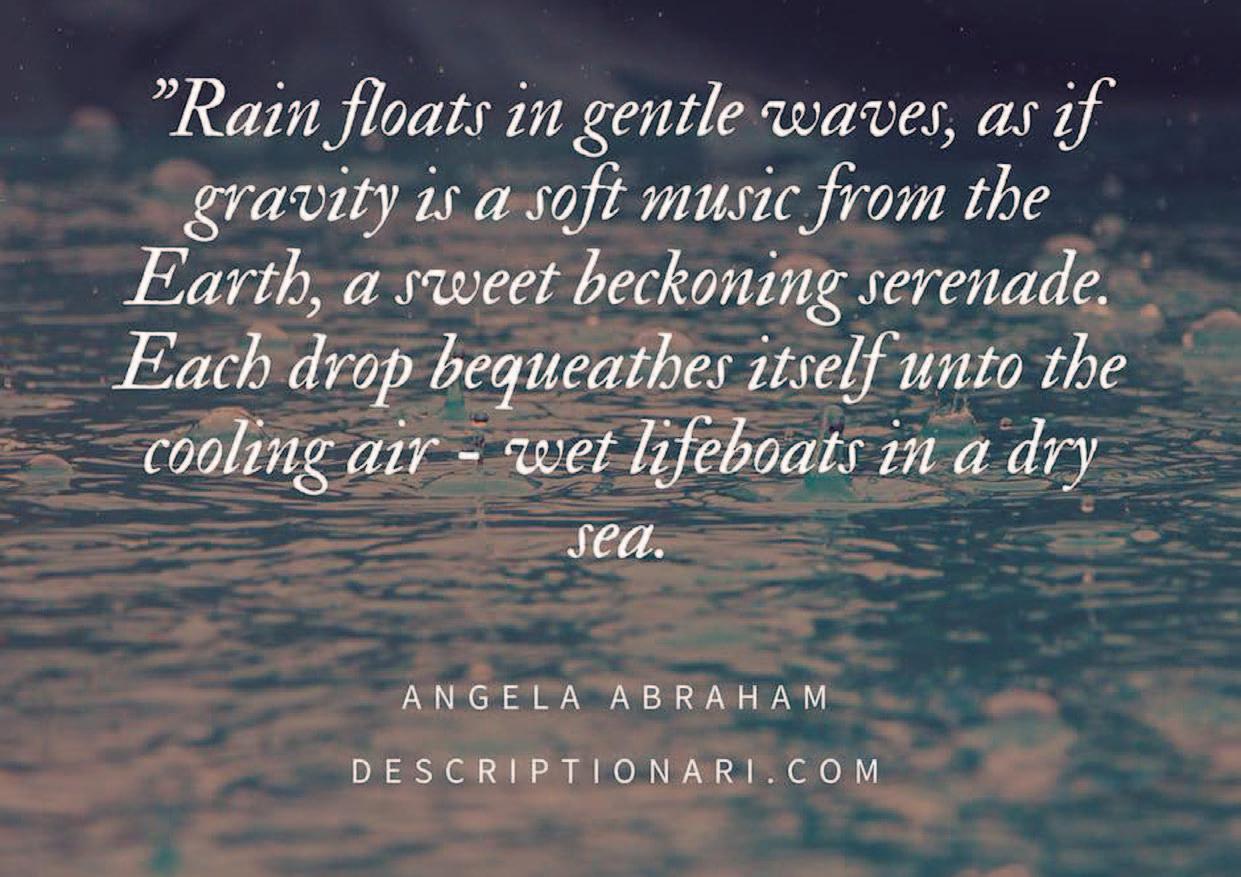Science matters
Kepler-186f: The artist’s concept depicts Kepler-186f, the first validated Earth-size planet to orbit a distant star in the habitable zone (NASA Ames/JPL-Caltech/T. Pyle)
The search for extraterrestrial life Astronomers discover that hidden planets may surround our closest star, writes Richard Harwood
40
present other dangers to the exoplanet. It experiences a huge amount of X-ray radiation and stellar wind, and may even be tidally locked. This means that the ‘day time’ side of the planet is always facing the star – making it hot and bright – with the ‘night time’ side always pointing towards the emptiness of space, making it cold and dark. One problem with any study of Proxima b is that, from the Earth viewpoint, it never transits in front of Proxima Centauri, meaning that we cannot use the light from the star to analyse any atmosphere the planet may have. However, the fact that, cosmologically speaking, Proxima b is a relatively close neighbour may mean that we can look for any atmosphere or signs of life by other means. A prime source of information on new planets that could support life is the NASA Kepler mission; an instrument specifically launched to search for such possibilities. There are now technical difficulties with the Kepler spacecraft but they don’t detract from its work in identifying a range of possible planets. Indeed, scientists have found a full 20 new planets Spring |
Autumn
Consideration as to whether there are other planets within the cosmos that could support life has generated great interest over the years, and in earlier issues of International School magazine we have referred to possible Earth-like exoplanets. Astronomers have recently released information on a dust cloud surrounding Proxima Centauri, the star nearest our own solar system, and suggested that these belts of dust may indeed hide a system of several planets. One Earth-like planet was discovered orbiting this red dwarf just last year. This planet, referred to as Proxima b, resides in its star’s habitable zone and is roughly the size of the Earth. What do we know of Proxima b? Importantly, it is the nearest rocky exoplanet we have spotted, being only 4.2 light years from Earth. Its size has not yet been clearly determined, but it’s almost certainly just a bit larger than the Earth. It orbits its star, Proxima Centauri, about once every 11 days, meaning it orbits incredibly close to the star. Proxima b’s habitable zone status is explained by the fact that Proxima Centauri is a relatively chilly star. But such a tight orbit does
| 2018



















